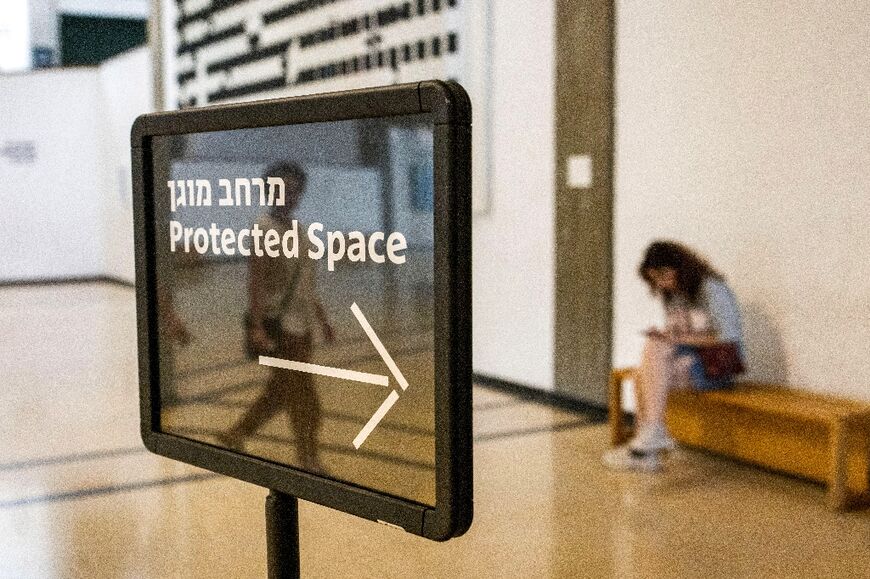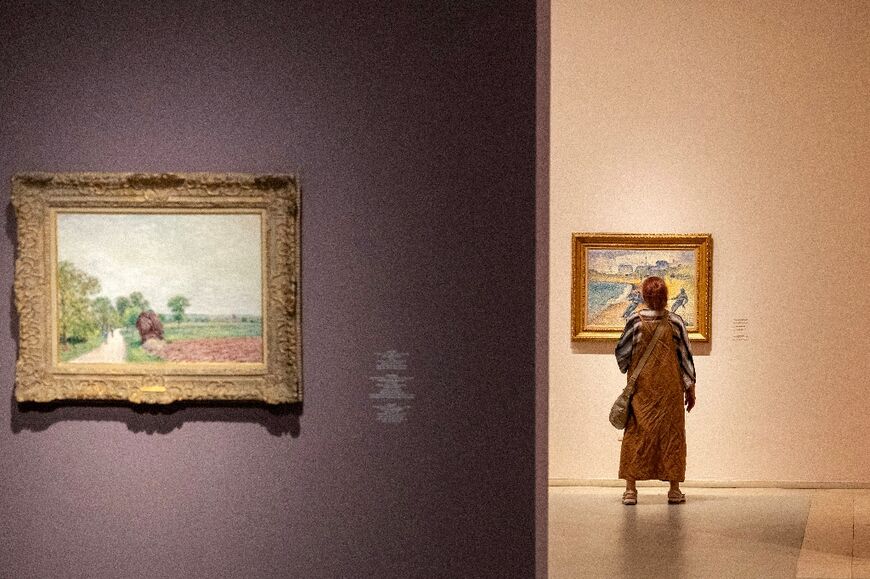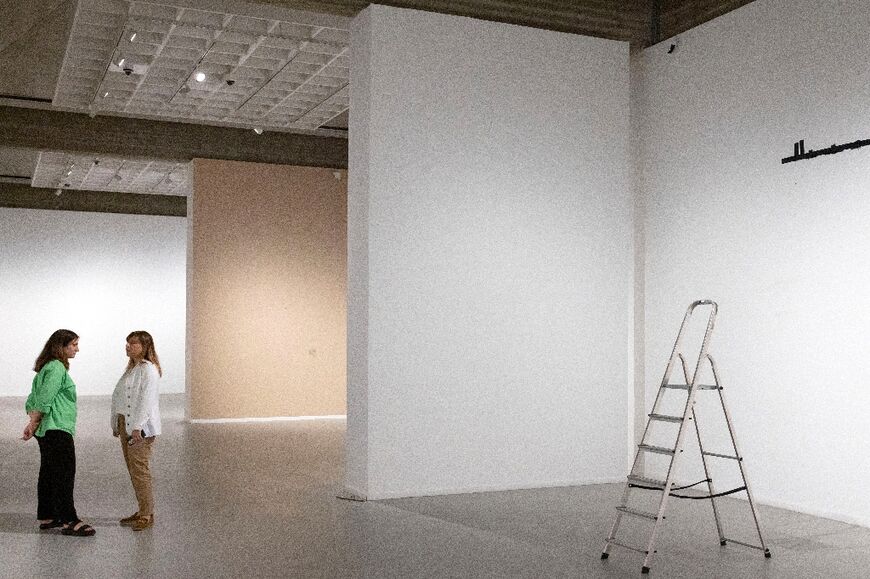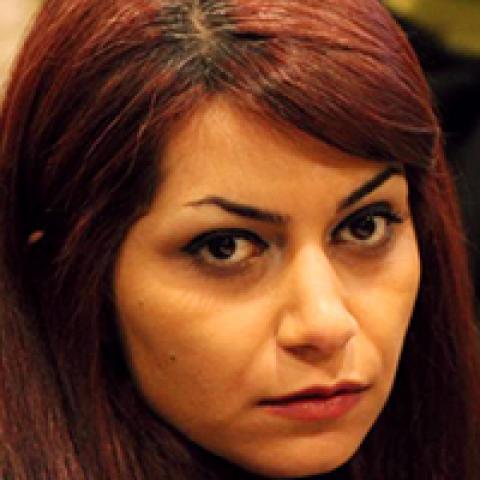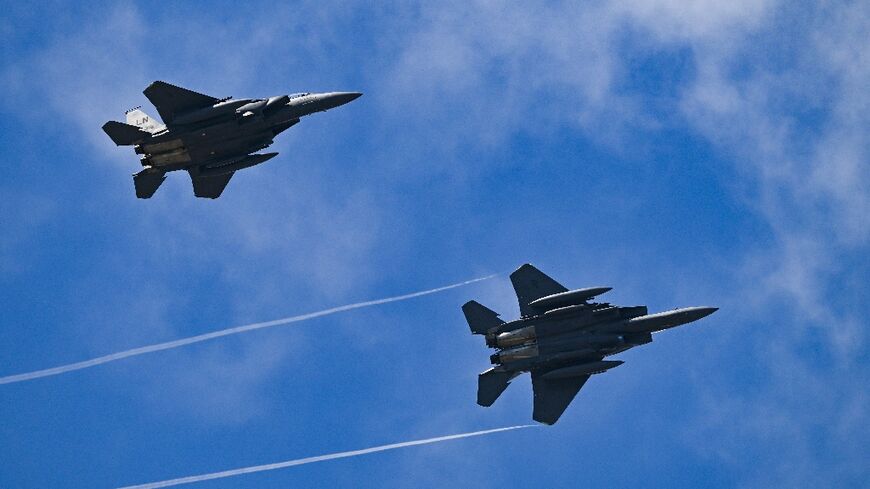Fearing Iran attack, Israeli museum hides top artworks
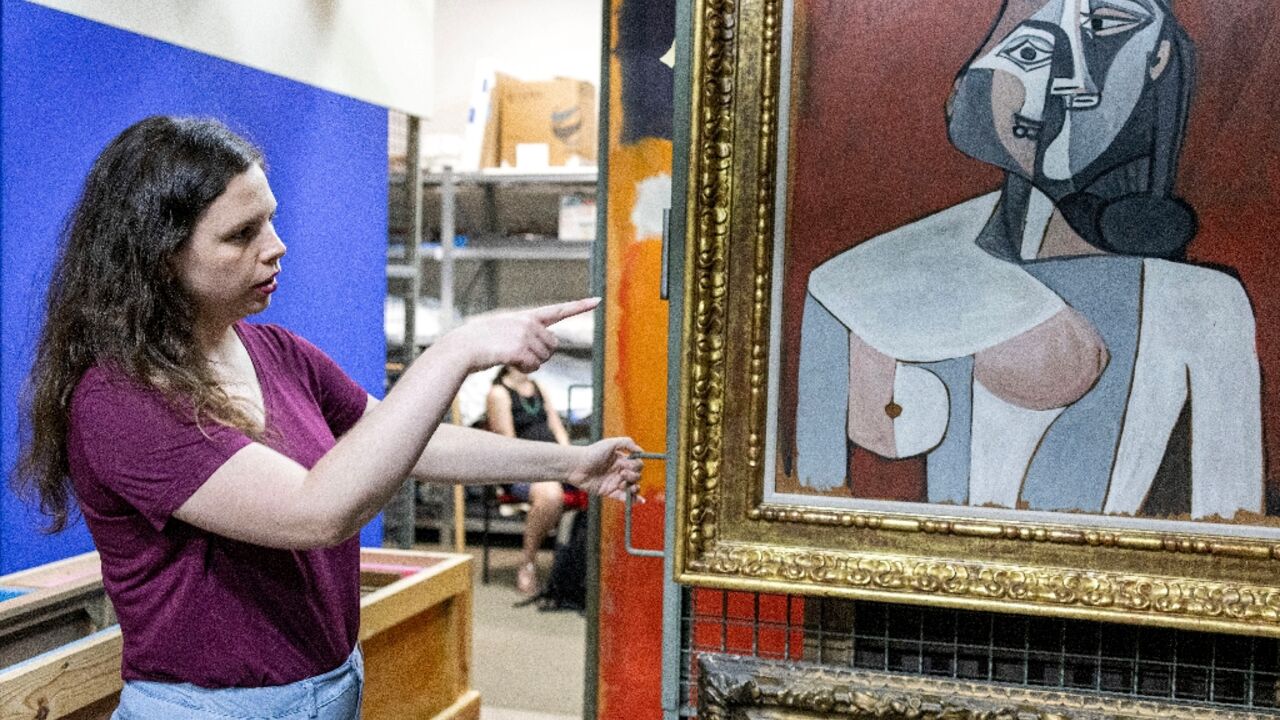
An Israeli museum that hid some of its most valuable artworks after the October 7 attack has now stashed away even more, fearing a strike by Iran.
Paintings by Pablo Picasso and Gustav Klimt are among the treasures moved by Tel Aviv Museum of Art to the "safe" -- a secured basement meant to shield them from missiles.
Museum staff moved many of the masterpieces at the start of the Gaza war, which was triggered by the Palestinian group Hamas's unprecedented attack on Israeli soil on October 7.
Now, as Israel braces itself for a threatened bombardment by Iran and its proxies, including Lebanon's Hezbollah, they have moved other pieces that were at risk.
It has left some galleries vacant, with blank walls decorated only with empty hooks and the small, printed descriptions for the artworks that previously hung there.
"In the last three, four, five days, when this new threat from Hezbollah and from Iran came on the table again, we understood that we needed to take other precautions," said museum director Tania Coen-Uzzielli.
"So we took down several other works of art and the ones we felt that were most in danger.
"And since the situation is not going to be clear, and this threat is always there, we feel that the safe place for them is downstairs in the shelters."
- 'We were super-scared' -
Some items are on display in a protected space on a lower level, but the most valuable pieces are stored in rows of large, metal grills in the "safe".
"We have some works by Picasso... from different periods," said Nathalie Andrijasevic, assistant curator of modern art, rolling out one storage rack.
"They are all usually in the gallery, they are all usually hung right next to each other. Here they are still next to each other, but in a completely different setting."
The October 7 attack resulted in the deaths of 1,198 people, mostly civilians, according to an AFP tally of Israeli official figures.
Militants also seized 251 people, 111 of whom are still held captive in Gaza, including 39 the military says are dead.
Israel's retaliatory military offensive in Gaza has killed at least 39,929 people, according to the health ministry of the Hamas-run territory, which does not provide a breakdown of civilian and militant deaths.
"On October 7, we didn't know what's going on. We just knew that something horrible was going on throughout the country," Andrijasevic said.
"Rockets were firing non-stop. And we were just super-scared that rockets will penetrate the ceiling of the galleries and cause damage to our works.
"And recently, during the past week, we've been taking down some more because of the imminent attack that is supposed to happen. Hopefully it will not happen."


